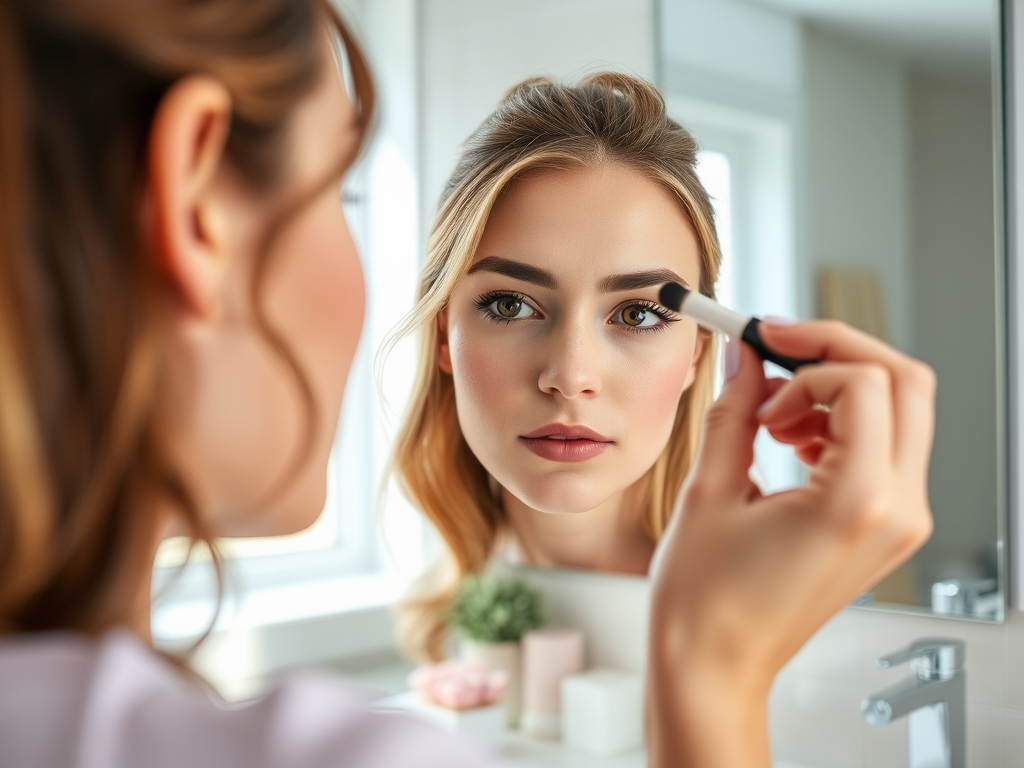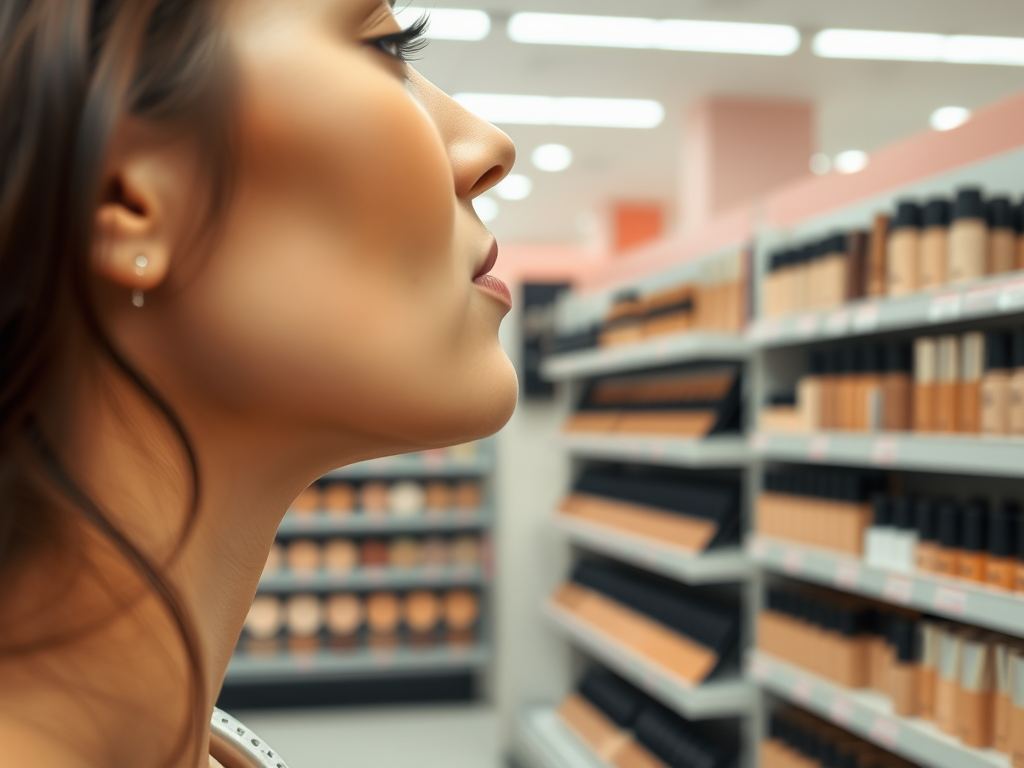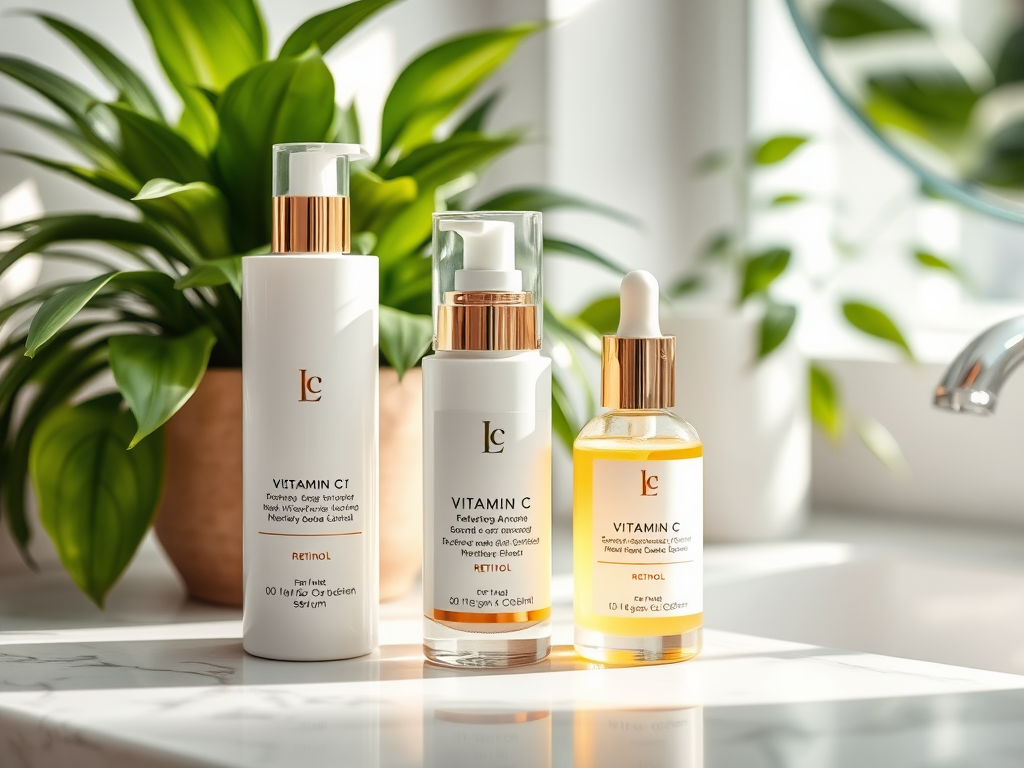When it comes to achieving a luminous complexion, knowing where to apply concealer is a game-changer. Those pesky dark areas can cast a shadow over our natural beauty, but a little strategy can illuminate your face in a wondrous way. Whether you’re preparing for a glamorous event or simply want to enhance your everyday look, concealer can be your best ally. With the right techniques and understanding of your face’s geography, you can effectively banish dullness and embrace a bright, even skin tone. In this article, we’ll explore the dark zones that most need attention and the best practices to ensure your concealer application is nothing short of flawless.
Identifying and addressing these targeted areas can truly transform your makeup routine. So, let’s dive into the world of concealer and uncover the secrets of effective brightening!
Understanding Dark Areas on the Face
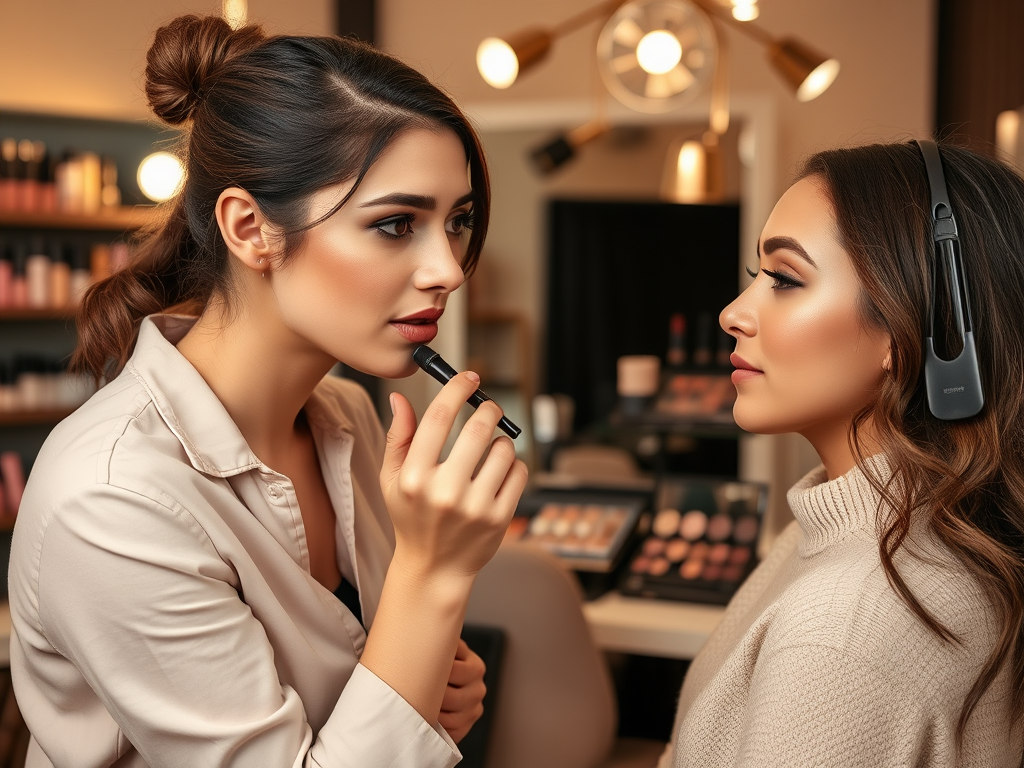
Dark areas on the face can arise from various factors such as fatigue, genetics, and even lifestyle choices. Recognizing the common zones where these shadows manifest is essential to mastering your makeup application. The most noticeable are usually under the eyes, around the mouth, and along the nasolabial folds. These regions tend to absorb light differently, which often casts an otherwise radiant complexion in a less-than-flattering shadow. Once you understand where these dark areas occur, you can effectively target them with your concealer. This knowledge not only improves your application techniques but also enhances the overall look of your makeup.
Common Dark Areas That Need Brightening
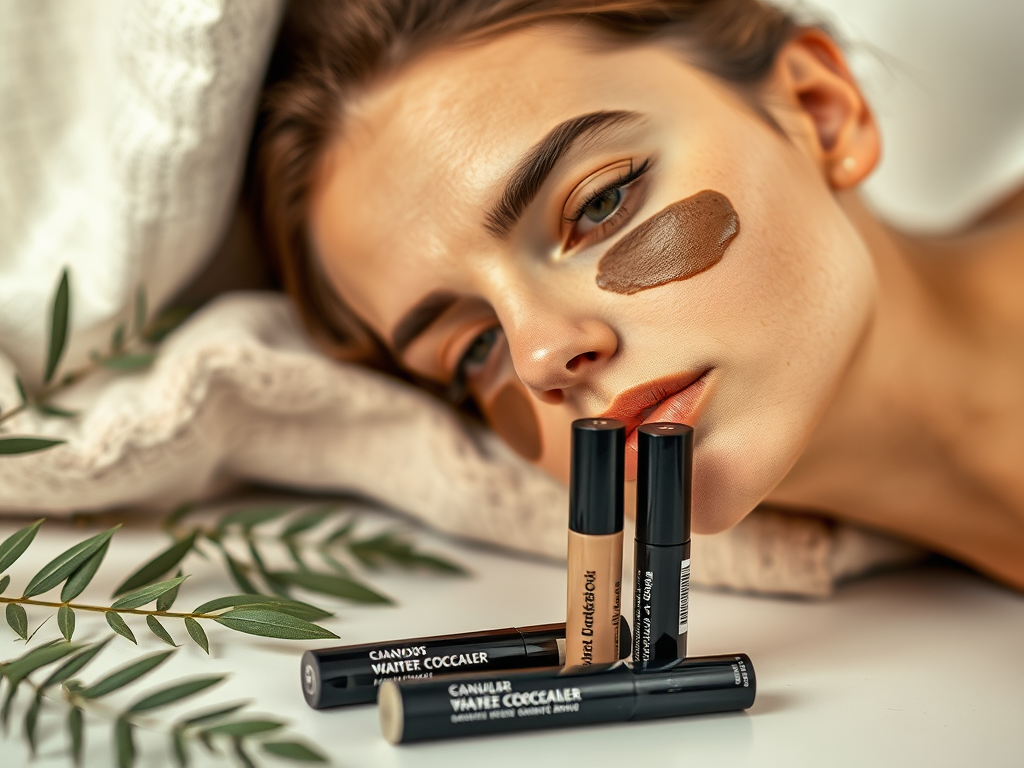
Identifying specific zones that require brightening is half the battle won. Below are the primary areas on the face that tend to show signs of darkening:
- Under the Eyes: Often suffering from dark circles due to lack of sleep, stress, or genetics.
- Corners of the Mouth: These can create an aging effect, making the face appear less youthful.
- Nasolabial Folds: Often darker and more pronounced, contributing to an overall tired appearance.
Each of these zones presents unique challenges, thus requiring specific techniques for effective concealer application. Let’s explore how to approach these areas, ensuring optimal brightness while maintaining a natural look.
How to Apply Concealer Effectively
Getting the application right is vital for the best outcome. When you apply concealer, consider using a shade that is slightly lighter than your foundation. This slight contrast helps in brightening the dark areas without drawing too much attention to the makeup itself. Moreover, the tools you use can greatly influence the end result.
| Tool | Benefits |
|---|---|
| Brush | Allows for precision and control in application. |
| Beauty Sponge | Great for blending and creating a seamless finish. |
| Fingers | Provides natural warmth for easy blending. |
Consider this selection of tools when setting out to conquer those dark areas. When applying concealer, start with a light layer and build coverage as needed. It’s a less-is-more approach that helps avoid the dreaded cakey look. Always remember, proper layering allows for a more natural finish.
Blending Techniques for a Flawless Finish
Blending is where the magic truly happens. To ensure that your concealer integrates seamlessly with your skin, use a gentle patting motion, preferably with a sponge or fingertip. This technique helps the concealer meld into your complexion while maintaining coverage. Once your concealer is applied, setting it with a translucent powder is key to avoiding creasing and extending wear time.
- Use a light dusting of powder to set the concealer.
- Focus on areas that tend to crease, like under the eyes.
- Choose a finely milled powder for a smooth finish.
Conclusion
Mastering the art of concealer application can significantly brighten your complexion and draw attention away from dark areas. By knowing where to apply and how to select the right products, you can achieve that radiant look that enhances your natural beauty. With our techniques and tips, you can confidently navigate the realm of concealer, ensuring a flawless finish every time. It’s all about understanding the dark spots and employing the right strategies to achieve your desired glow.
Frequently Asked Questions
- What type of concealer is best for under-eye circles? A creamy, hydrating concealer with a lightweight formula works best for under-eye circles to avoid settling into fine lines.
- Can I use concealer for other dark areas on the face? Yes, concealer can be used on various dark areas, including around the mouth and on any other spots needing brightening.
- How do I prevent concealer from creasing? To prevent creasing, ensure your under-eye area is well-moisturized, apply a thin layer of concealer, and set it with translucent powder.
- Should I use a color corrector before concealer? In some cases, a color corrector can be beneficial. For example, a peach or orange corrector can help neutralize deep blue or purple tones.
- How do I remove concealer at the end of the day? Use an oil-based makeup remover or micellar water to effectively dissolve and remove concealer without irritating the delicate skin.
